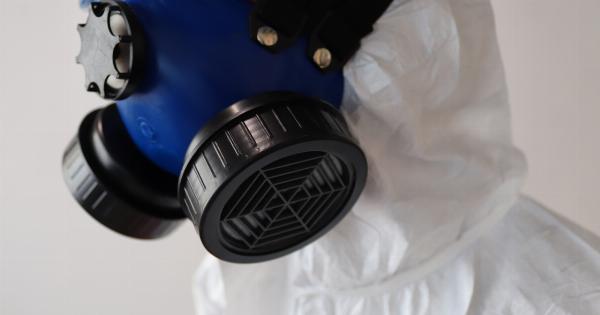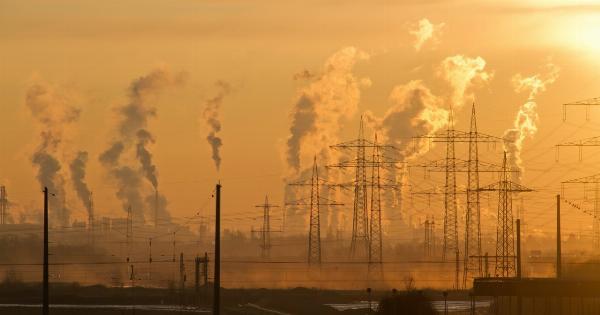The increasing number of vehicles on the road has been a significant cause of air pollution that has been affecting human health and the environment for years now. One of the significant concerns is the air pollution that leads to asthma in children.
According to the latest research, vehicle pollution exhibits asthma in four million children annually, affecting their growth and development.
What causes air pollution?
Vehicle pollution is one of the primary causes of air pollution. The exhaust fumes from cars, trucks, and buses contain harmful chemicals and particulate matter that get released into the air.
These pollutants can have a significant impact on our health and well-being. Other contributors to air pollution include factories and power plants running on fossil fuels and burning wood or charcoal for cooking.
How does air pollution affect children?
Air pollution affects children mainly through the respiratory system. The pollutants can cause inflammation and narrowing of the airways, making it difficult to breathe.
The development of asthma in children can be one of the primary outcomes of breathing polluted air. Also, air pollution can lead to a higher risk of respiratory infections, decreased lung function, and other respiratory-related complications.
What are the signs of asthma in children?
Children who have asthma experience a range of symptoms such as wheezing, coughing, shortness of breath, and chest tightness.
Asthma can cause significant physical limitations, affecting the child’s ability to play, exercise, and do daily activities. It can lead to missed school days and decreased cognitive functioning, impacting the child’s overall development.
What is being done to address vehicle pollution?
Several initiatives are being put in place globally to address the issue of vehicle pollution.
The government has taken actions such as establishing stricter emissions standards for vehicles, incentivizing the adoption of hybrid and electric cars, promoting public transportation systems, and increasing the use of cycling and walking. Also, individuals can contribute to reducing vehicle pollution by carpooling, using public transportation, and opting for eco-friendly cars.
Conclusion
The impact of vehicle pollution on our health and environment cannot be overstated. In particular, it has been shown to lead to asthma in four million children annually.
Thus, it is essential that individuals and the government take action on reducing vehicle pollution levels by adopting eco-friendly measures and regulations.

























